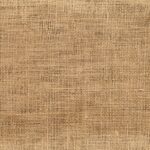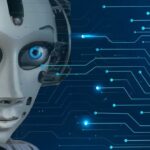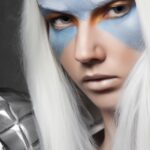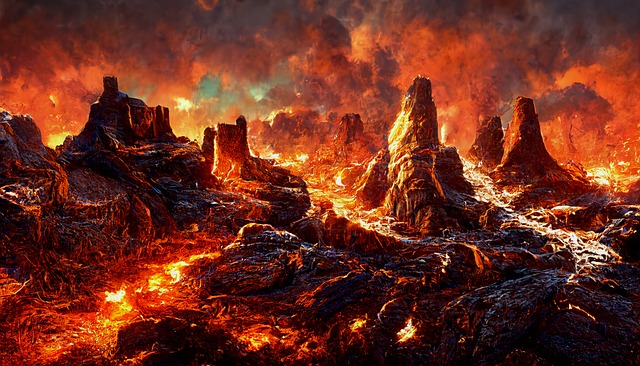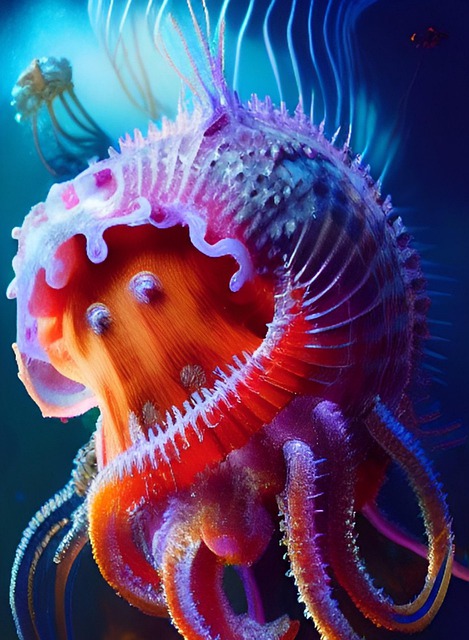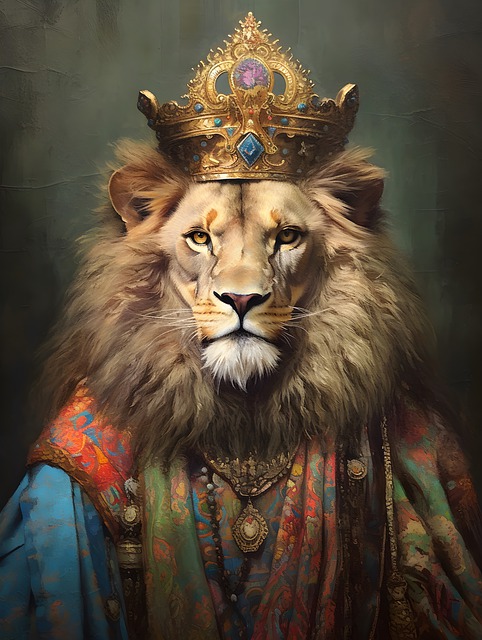Section 1: Breaking Barriers: The Emergence of AI Art
Art has always been a form of human expression, a way to capture the beauty and complexity of the world around us. For centuries, artists have pushed the boundaries of creativity, using their imagination and skills to create masterpieces that have stood the test of time. However, in recent years, a new form of art has emerged – AI art. This revolutionary technology is transforming the way we think about art, breaking barriers and opening up a whole new world of possibilities.
AI, or artificial intelligence, is a branch of computer science that focuses on creating intelligent machines that can think, learn, and make decisions like humans. With the advancements in machine learning and deep learning algorithms, AI has become more sophisticated and capable of performing complex tasks. And now, it is making its mark in the world of art.
The emergence of AI art has sparked a debate among artists, critics, and the general public. Some see it as a threat to traditional art, while others view it as a powerful tool that can enhance human creativity. But one thing is for sure – AI art is here to stay, and it is transforming the art world in ways we never thought possible.
Section 2: Transforming Creativity: The Impact of AI Technology
One of the most significant impacts of AI technology on art is its ability to break free from human limitations. While human artists are limited by their own experiences, emotions, and biases, AI has no such constraints. It can analyze vast amounts of data, learn from it, and create something entirely new and unique. This has opened up a whole new world of possibilities for artists, allowing them to explore new frontiers in creativity.
AI art is not limited to traditional mediums like painting and sculpture. It is also making its mark in digital art, music, and even literature. For example, an AI program called “The Next Rembrandt” analyzed the works of the famous Dutch painter and created a new painting that looked like it was painted by Rembrandt himself. Similarly, an AI program called “Aiva” composes original classical music that is indistinguishable from human-made music.
Moreover, AI is also helping artists to push the boundaries of their own creativity. By using AI tools, artists can experiment with new techniques, styles, and mediums that they may have never considered before. This collaboration between human and machine is resulting in breathtaking artworks that are a fusion of human emotion and AI technology.
Section 3: The Art of AI: Exploring New Frontiers in Creativity
AI art is not just about creating visually appealing artworks. It is also about exploring new frontiers in creativity and challenging our perceptions of what art is. One of the most exciting aspects of AI art is its ability to create art that is beyond human imagination.
For example, an AI program called “DeepDream” can take an ordinary image and transform it into a surreal and dream-like masterpiece. This is achieved by using neural networks to analyze the image and enhance certain features, resulting in a distorted and psychedelic version of the original image. This type of art challenges our perception of reality and allows us to see the world in a whole new light.
Moreover, AI art is also breaking barriers in terms of inclusivity and diversity. Traditional art has been criticized for its lack of representation and diversity, but with AI, this is no longer an issue. AI art is created by algorithms, not humans, which means it is not limited by human biases. This opens up the art world to a more diverse range of artists and perspectives, resulting in a more inclusive and representative art scene.
Section 4: Unleashing Imagination: The Role of AI in Artistic Expression
Some may argue that AI art lacks the emotional depth and soul that is present in human-made art. However, AI art is not meant to replace traditional art; instead, it is meant to enhance it. AI technology is a tool that artists can use to unleash their imagination and take their creativity to new heights.
By collaborating with AI, artists can explore new techniques, experiment with different styles, and create artworks that would have been impossible to create without the help of AI. This is not a threat to traditional art, but rather an opportunity to expand and evolve the art world.
In conclusion, AI art is a revolutionary force that is transforming the art world. It is breaking barriers, challenging our perceptions, and opening up a whole new world of possibilities for artists. With the continued advancements in AI technology, we can only imagine what the future holds for AI art. As we continue to explore the beauty and potential of AI art, one thing is for sure – it is here to stay, and it is only going to get better with time.

